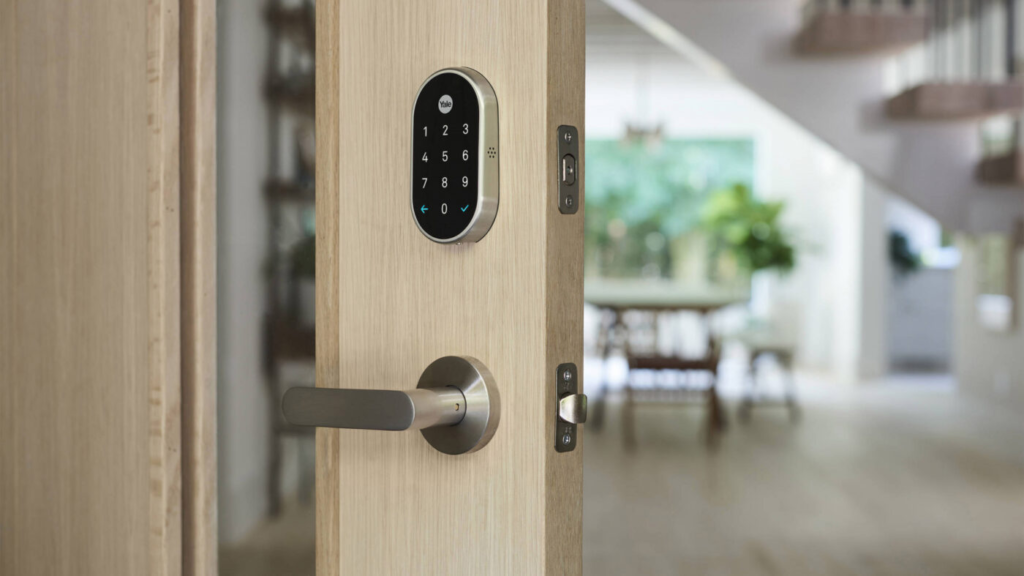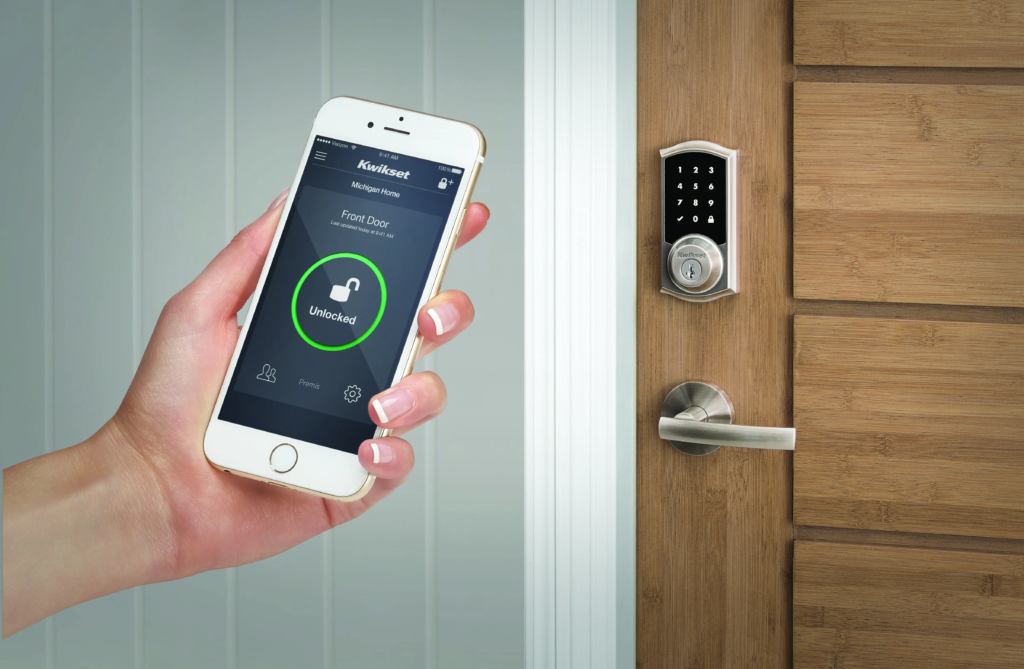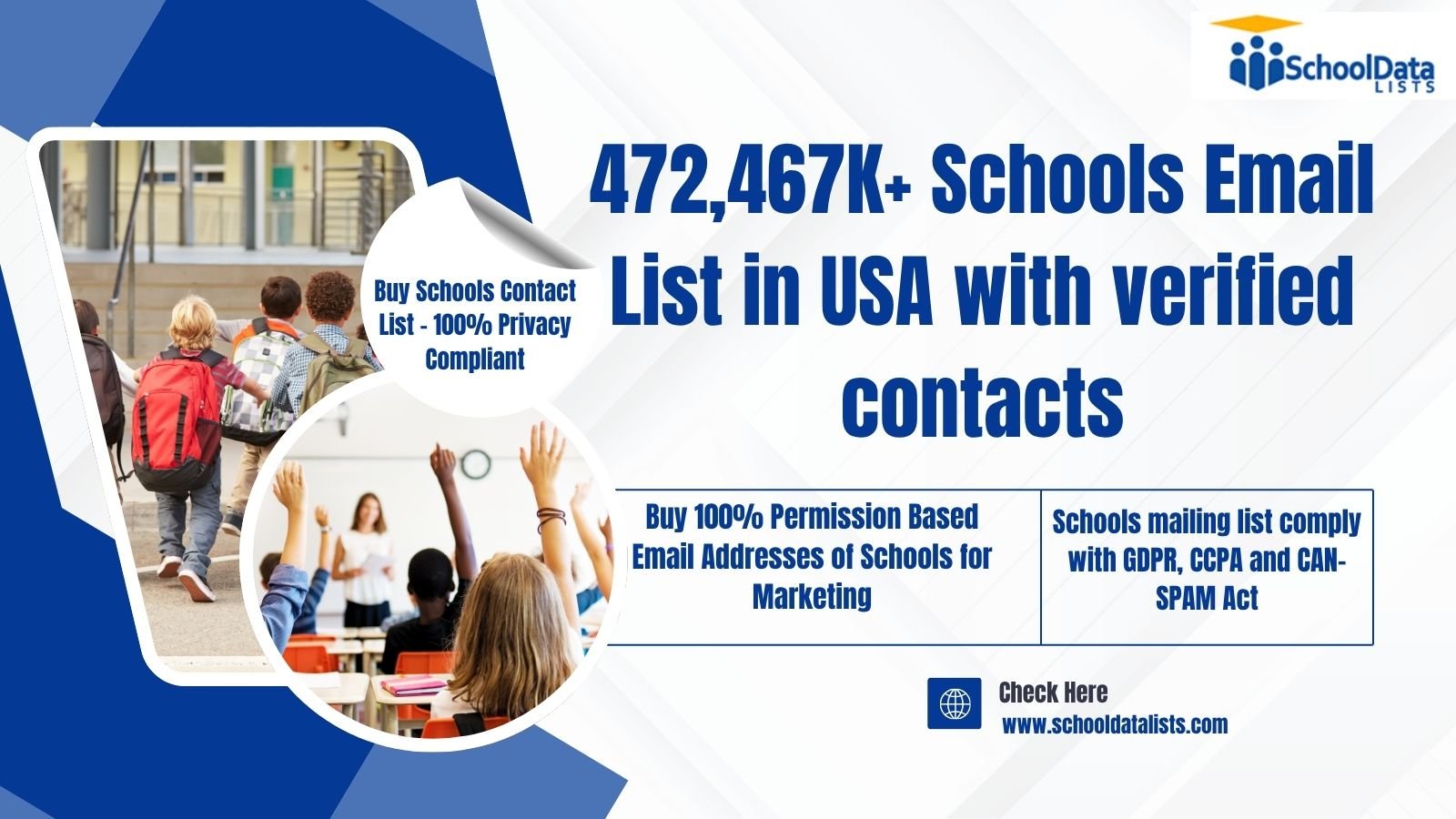As home automation becomes increasingly popular, smart door locks have emerged as one of the most practical and secure technologies for modern households. These devices offer keyless access, remote locking, activity tracking, and integration with home automation systems. However, one critical factor often overlooked by first-time buyers is compatibility—whether a smart lock will actually work with their existing door hardware, smartphone, Wi-Fi network, and smart home system.
This guide provides a comprehensive breakdown of smart door lock compatibility to help homeowners, renters, and business owners make informed decisions before purchasing or installing a smart lock.
Understanding Smart Door Lock Technology
Before diving into compatibility tips, it’s essential to understand how smart door locks work. A smart lock replaces or augments a traditional lock mechanism and enables locking and unlocking through various technologies such as:
- Bluetooth
- Wi-Fi
- Z-Wave or Zigbee (smart home protocols)
- Biometric sensors
- Mobile apps and voice assistants
These locks are controlled through an app on your smartphone, a smart home hub, or even voice commands if integrated with platforms like Alexa, Google Assistant, or Apple HomeKit.

Compatibility With Existing Door Hardware
One of the first compatibility checks should be with your door’s physical setup. Not all smart locks are designed to fit every type of door or lock configuration.
Check Door Thickness and Backset
Most smart locks are compatible with standard residential doors with a thickness between 1-3/8″ and 2″. If your door is unusually thin or thick, you may need a specialized adapter or custom solution.
The backset—the distance from the edge of the door to the center of the lock hole—should also align with the specifications of the smart lock model you choose.
Existing Deadbolt Type
Some smart locks are designed to work with your existing deadbolt, while others require a full replacement. If you prefer not to alter your door significantly (especially in rental properties), look for models that retrofit over your current deadbolt (e.g., August Smart Lock).
For full-replacement models, ensure the existing cutout and borehole on your door match the dimensions required by the new smart lock.
Smartphone and App Compatibility
Smart door locks are typically controlled using mobile apps, so your smartphone must be compatible with the lock’s app and operating system.
iOS and Android Support
Most leading smart lock brands (e.g., Yale, Schlage, August, Level, and Kwikset) offer apps for both iOS and Android. However, check:
- Minimum OS version required (e.g., iOS 12+ or Android 8.0+)
- Bluetooth compatibility (BLE 4.0 or higher)
Also, ensure that the app supports multiple users if you plan to share access with family or employees.
Wi-Fi, Bluetooth, and Protocol Compatibility
Your choice of smart lock should align with the wireless technology you use at home or in your office.
Bluetooth Locks
Bluetooth-enabled smart locks are ideal for users who want a local, low-energy solution. They connect directly to your phone within a short range (typically 30 feet). However, they often lack remote access unless paired with a Wi-Fi bridge.
Wi-Fi Locks
Wi-Fi-enabled locks provide remote access and control without requiring additional hubs. Ensure that your home’s Wi-Fi signal is strong near the door. Some models (e.g., eufy or Schlage Encode) have built-in Wi-Fi, while others need a plug-in bridge module.
Check:
- Wi-Fi band support (most use 2.4 GHz only)
- Signal reliability near your entrance
- Compatibility with WPA2 security standards
Z-Wave and Zigbee Compatibility
If you already use a smart home hub like Samsung SmartThings, Hubitat, or Wink, you may prefer a lock that supports Z-Wave or Zigbee.
These low-power mesh network protocols offer robust smart home integration, but they require a hub to work. Not all hubs support both protocols, so verify your lock’s compatibility with your existing system.
Smart Home Ecosystem Integration
If you’re invested in a particular smart home ecosystem, choose a smart lock that integrates seamlessly with your setup.
Amazon Alexa
Many smart locks support Alexa, allowing you to lock and unlock doors via voice command or automation routines. Some models require an additional skill or integration module. Make sure your lock brand appears on the Alexa-compatible device list.
Google Assistant
Google Home integration allows for similar controls, but not all locks offer full feature support (like unlocking via voice, which may require PIN confirmation for security).
Apple HomeKit
HomeKit compatibility is more selective. If you’re an iPhone user and prefer native Apple ecosystem integration, choose a lock specifically certified for HomeKit. This enables advanced features like:
- Siri voice control
- Geofencing automation
- Apple Watch access
Popular HomeKit-compatible locks include August Smart Lock Pro, Yale Assure SL, and Level Lock+.
Security Standards and Firmware Compatibility
A smart lock’s primary purpose is to enhance security. Therefore, checking its security certifications and firmware update capabilities is critical.
ANSI/BHMA Grading
Locks should meet ANSI/BHMA standards:
- Grade 1 – Best in security, typically used in commercial settings
- Grade 2 – Excellent for residential use
- Grade 3 – Basic residential use, not recommended for high-security areas
Automatic Firmware Updates
Choose a smart lock that supports over-the-air (OTA) firmware updates to patch vulnerabilities and improve performance. Regular updates ensure that your device stays secure and compatible with evolving ecosystems.
Battery and Power Source Compatibility
Smart locks typically run on AA or AAA batteries, rechargeable battery packs, or built-in lithium cells.
Battery Type and Lifespan
Make sure you understand:
- What type of battery the lock uses
- Expected battery life (typically 3-12 months depending on usage)
- Low battery alerts via app or lock indicator
Avoid models that lack a manual key override unless you have a reliable backup power solution like a 9V battery port.
User Access and Sharing Compatibility
Another aspect of compatibility is how easily you can grant and manage access to others.
Temporary and Scheduled Access
Choose a lock that allows:
- Temporary PIN codes for guests or workers
- Scheduled access for cleaners or delivery personnel
- Activity logs for tracking who enters and when
Some systems also integrate with smart doorbells or intercoms, enabling visual verification before access.

Installation and Tools Compatibility
Not all smart locks come with plug-and-play installation. Check:
- Whether tools are included
- If professional installation is required
- Whether DIY installation affects the warranty
Brands like August and Wyze are known for easy DIY installation, while others like Yale Assure may require more setup time.
Regional and Language Compatibility
If you are in a non-U.S. market, ensure the smart lock supports:
- Regional voltage and plug types (for bridges and hubs)
- Local language settings in the mobile app
- Customer service or warranty support in your country
Some features (like in-app delivery services) may only be available in select regions.
Conclusion
Choosing a smart door lock is about more than just modern features and sleek designs—it’s about ensuring compatibility with your home’s physical setup, digital ecosystem, and long-term usability.
By checking hardware dimensions, wireless protocols, smart home integrations, and user access management features, you can avoid costly installation issues and security vulnerabilities. Whether you’re a tech enthusiast or a security-conscious homeowner, following these compatibility tips will help you select the best smart door lock for your needs.
For more insightful articles related to this topic, feel free to visit – Techners












Leave a Reply